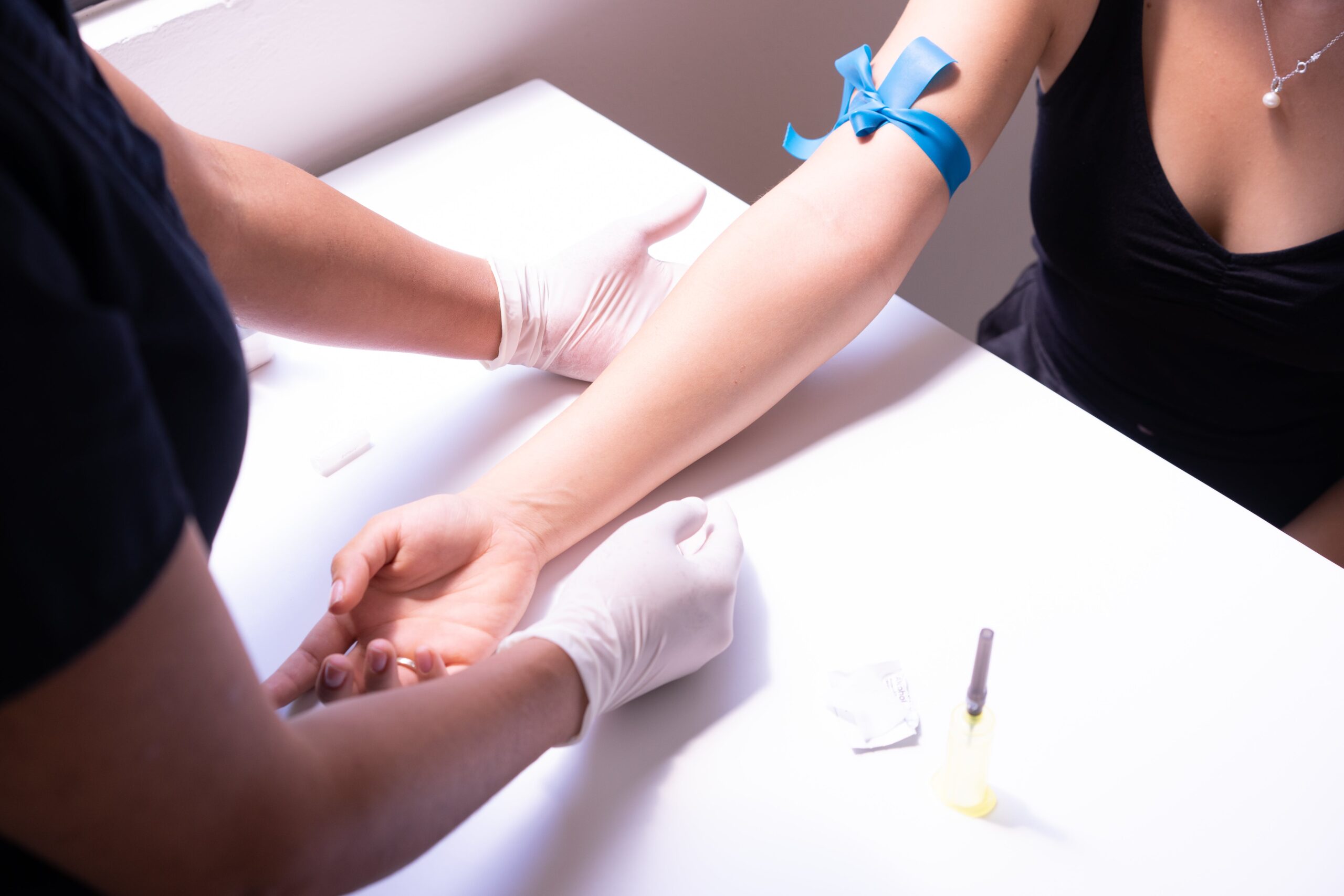Not known Details About Northeast Medical Institute - New Haven Campus Phlebotomy Course & Cna Class
Fascination About Northeast Medical Institute - New Haven Campus Phlebotomy Course & Cna Class
Table of Contents3 Easy Facts About Northeast Medical Institute - New Haven Campus Phlebotomy Course & Cna Class ExplainedLittle Known Facts About Northeast Medical Institute - New Haven Campus Phlebotomy Course & Cna Class.Rumored Buzz on Northeast Medical Institute - New Haven Campus Phlebotomy Course & Cna ClassThe 25-Second Trick For Northeast Medical Institute - New Haven Campus Phlebotomy Course & Cna ClassThe 4-Minute Rule for Northeast Medical Institute - New Haven Campus Phlebotomy Course & Cna ClassThe 15-Second Trick For Northeast Medical Institute - New Haven Campus Phlebotomy Course & Cna Class
The use of such devices must be gone along with by various other infection avoidance and control methods, and training in their use.For setups with reduced sources, expense is a driving factor in purchase of safety-engineered gadgets - PCT Training. Where safety-engineered tools are not offered, experienced use a needle and syringe is appropriate. Unintentional exposure and details information regarding an incident need to be tape-recorded in a register. Assistance services should be promoted for those who undertake unexpected direct exposure.
One of the important markers of quality of treatment in phlebotomy is the involvement and teamwork of the client; this is mutually beneficial to both the wellness worker and the client. Clear details either composed or verbal need to be available to every patient who goes through phlebotomy. Annex F offers example text for describing the blood-sampling procedure to a client. labelling); transport problems; interpretation of results for professional monitoring. In an outpatient department or clinic, supply a dedicated phlebotomy workstation containing: a clean surface area with 2 chairs (one for the phlebotomist and the other for the person); a hand wash basin with soap, running water and paper towels; alcohol hand rub. In the blood-sampling space for an outpatient department or clinic, offer a comfortable reclining sofa with an arm rest.
4 Easy Facts About Northeast Medical Institute - New Haven Campus Phlebotomy Course & Cna Class Explained
Ensure that the indicators for blood tasting are clearly specified, either in a written procedure or in recorded instructions (e.g. in a lab kind). Accumulate all the equipment needed for the treatment and location it within risk-free and very easy reach on a tray or trolley, guaranteeing that all the things are plainly visible.
Where the individual is grown-up and aware, follow the steps laid out listed below. Introduce yourself to the client, and ask the individual to mention their complete name. Check that the laboratory form matches the client's identification (i.e. match the individual's information with the research laboratory kind, to ensure accurate identification). Ask whether the patent has allergic reactions, phobias or has ever fainted during previous injections or blood draws.
Make the individual comfy in a supine placement (when possible). Location a clean paper or towel under the patient's arm. Discuss the examination to be performed (see Annex F) and obtain spoken permission. The person has a right to refuse a test at any time before the blood tasting, so it is essential to make sure that the individual has recognized the treatment.
More About Northeast Medical Institute - New Haven Campus Phlebotomy Course & Cna Class
Expand the client's arm and examine the antecubital fossa or forearm. Find a capillary of an excellent size that is visible, straight and clear.
DO NOT place the needle where veins are diverting, since this raises the chance of a haematoma. The blood vessel should show up without using the tourniquet. Finding the capillary will assist in identifying the proper size of needle. Use the tourniquet regarding 45 finger widths above the venepuncture website and re-examine the capillary.
Haemolysis, contamination and existence of intravenous fluid and medicine can all change the outcomes (39. Nursing staff and physicians may access main venous lines for samplings adhering to methods. Nevertheless, samplings from main lines carry a threat of contamination or wrong laboratory examination results (https://www.anyflip.com/homepage/tnovf#About). It is appropriate, but not excellent, to attract blood samplings when first presenting an in-dwelling venous device, prior to linking the cannula to the intravenous liquids.
The Only Guide to Northeast Medical Institute - New Haven Campus Phlebotomy Course & Cna Class
Allow the area to dry. Failing to enable enough contact time boosts the danger of contamination. DO NOT touch the cleaned up site; in certain, DO NOT put a finger over important source the blood vessel to lead the shaft of the exposed needle. It the site is touched, repeat the disinfection. Perform venepuncture as complies with.
Ask the client to develop a clenched fist so the blood vessels are a lot more prominent. Go into the capillary swiftly at a 30 degree angle or less, and proceed to present the needle along the blood vessel at the simplest angle of entry - PCT Training. As soon as sufficient blood has been accumulated, launch the tourniquet BEFORE taking out the needle
7 Easy Facts About Northeast Medical Institute - New Haven Campus Phlebotomy Course & Cna Class Described
Withdraw the needle gently and use gentle stress to the website with a clean gauze or completely dry cotton-wool round. Ask the patient to hold the gauze or cotton woollen in position, with the arm extended and elevated. Ask the client NOT to flex the arm, due to the fact that doing so triggers a haematoma.

10 Simple Techniques For Northeast Medical Institute - New Haven Campus Phlebotomy Course & Cna Class
Where feasible, keep the tubes in a rack and relocate the rack in the direction of you - https://northeastmed.edublogs.org/2024/06/29/northeast-medical-institute-new-haven-campus-phlebotomy-course-cna-class/. If the sample tube does not have a rubber stopper, inject incredibly slowly right into the tube as minimizing the pressure and rate used to transfer the specimen reduces the risk of haemolysis.